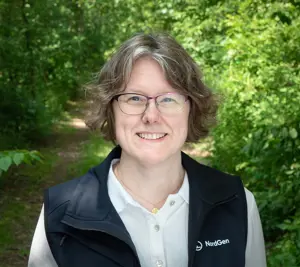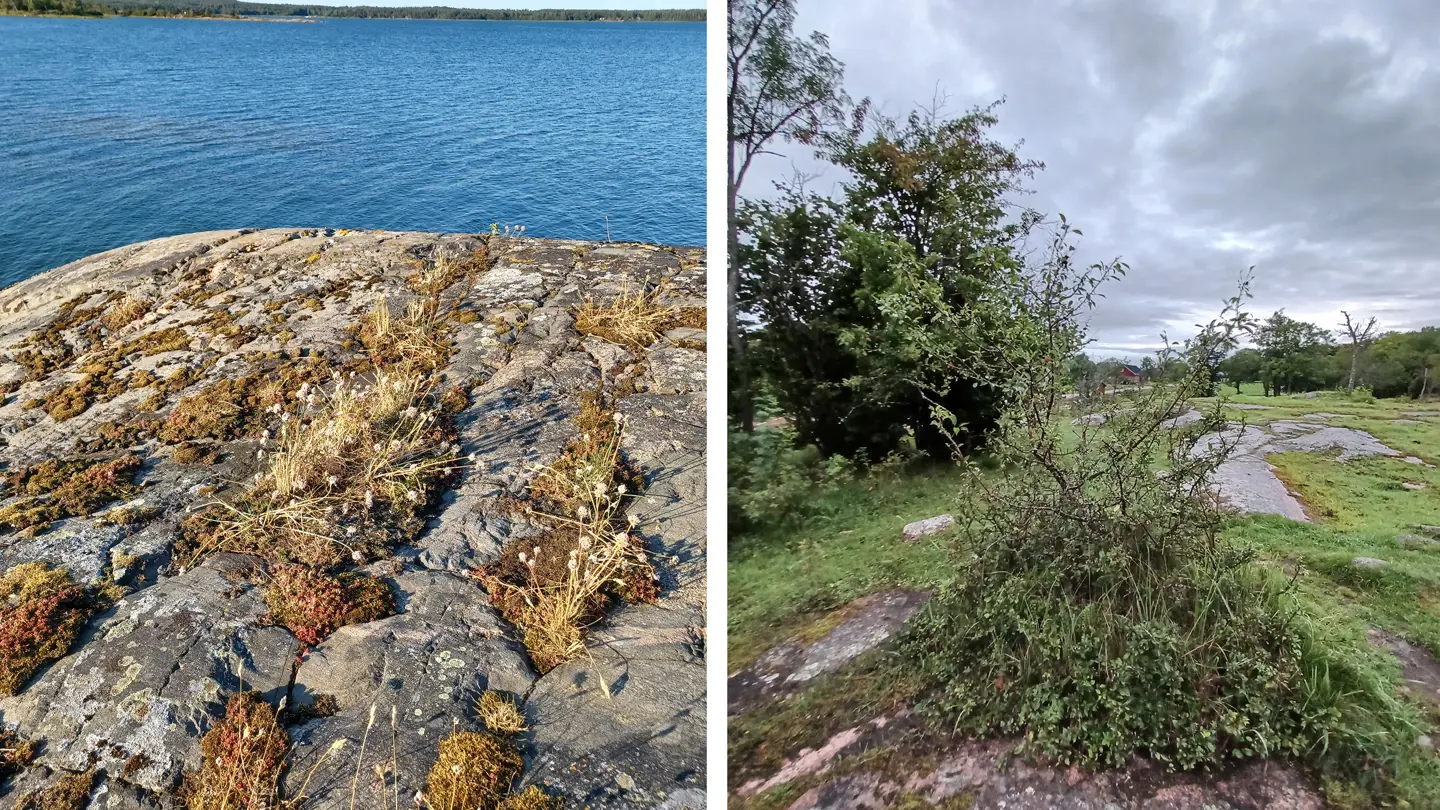
Possible future CWR reserves? Inventories in Denmark and Åland show areas rich in valuable genetic resources
The traits of crop wild relatives (CWR) can be important for future plant breeding, not least to develop crops that are better adapted to climate change. Therefore, these plants are especially important to conserve, preferably on site in nature (in situ-conservation). According to two recent inventory reports, several areas in Åland and Denmark would be suitable as CWR genetic reserves.

NordGen coordinates a pan-Nordic project on crop wild relatives, CWR, wild plant species that are closely related to our cultivated crops. These wild plants have for hundreds of years developed traits, such as resistance to drought and pests, that may be valuable in plant breeding of crops better adapted to climate change. As part of the Nordic project, inventories of CWR in various parts of the Nordic region have been conducted. Earlier this year, two reports were published detailing inventory work carried out in Denmark (Husby, Stråsø, Mols, and Kattrup) and in Åland (Nåtö-Jungfruskär Nature Reserve). The reports collect information on the occurrence and status of prioritized CWR species in the specific areas. The publications also include recommendations for future management.
“CWR are important for our future food security, and not many people are aware of their importance and presence in our Nordic nature. Since these wild plants have adapted to their local habitats, in situ-conservation is the best option. The inventory reports can be used to plan actions for the protection of crop wild relatives,” says Anna Palmé, NordGen's expert on CWR.
Wide diversity of CWR
In one of the reports, areas in Nåtö-Jungfruskär Nature Reserve in the autonomous region Åland in the Finnish archipelago, is studied. This nature reserve has a total size of 559 hectares that includes many habitat types and a species-rich flora and fauna. During the summer of 2023, 44 squares, each 100 square meters in size, were investigated. In total, 367 prioritized CWR populations were found during the inventory and 30 CWR species were registered. Seeds were also collected for conservation at NordGen. According to the report, the Nåtö Nature Reserve offers important habitats for the CWR priority taxa:
“No trampling or other threats were noticed towards CWR taxa during the inventory and the area is generally in very a good state. The site has a wide diversity of CWR and the population sizes are mostly large enough, only few of the species have small numbers of individuals. Therefore, the North-Eastern part of Nåtö-Jungfruskär reserve can be recommended for establishment as a CWR genetic reserve.”

The other report focused on four sites in Denmark: Husby, Stråsø, Mols, and Kattrup. These sites represent a west to east gradient across Denmark, and therefore include different environmental conditions, species pools, and genetic variation. At each site, plot locations have been generated in random. Each plot was a circular area with a radius of 15 meters, where the presence of CWR species were recorded. Across all four sites, a total of 212 plots were surveyed which resulted in 54 registered CWR species. The authors of the report found the majority of the populations viable, and the four sites as represent candidates for future protection of CWR populations:
“Overall, we found the majority of observed CWR species populations to be viable in the four inventory areas and can recommend the sites as suitable refugium for in-situ preservation of genetic variation. Since all four sites are prioritized for maintaining or restoring natural processes to benefit biodiversity in general, we expect that this will also leverage the protection and potentially establishment of CWR species.”
FACTS
“Crop Wild Relatives – Inventories in Nåtö Nature Reserve, Åland Islands, 2023”
Authors: Heli Fitzgerald (Luomus), Martti Levo (Luomus), Marko Hyvärinen (Luomus), Maija Häggblom (Ålands landskapsregering).
”Crop Wild Relatives – Population inventories in Denmark 2023”
Authors: Janus Thulesen Dahl (Aarhus University), Bjarke Madsen (Aarhus University), Urs A. Treier (Aarhus University), Signe Normand (Aarhus University).